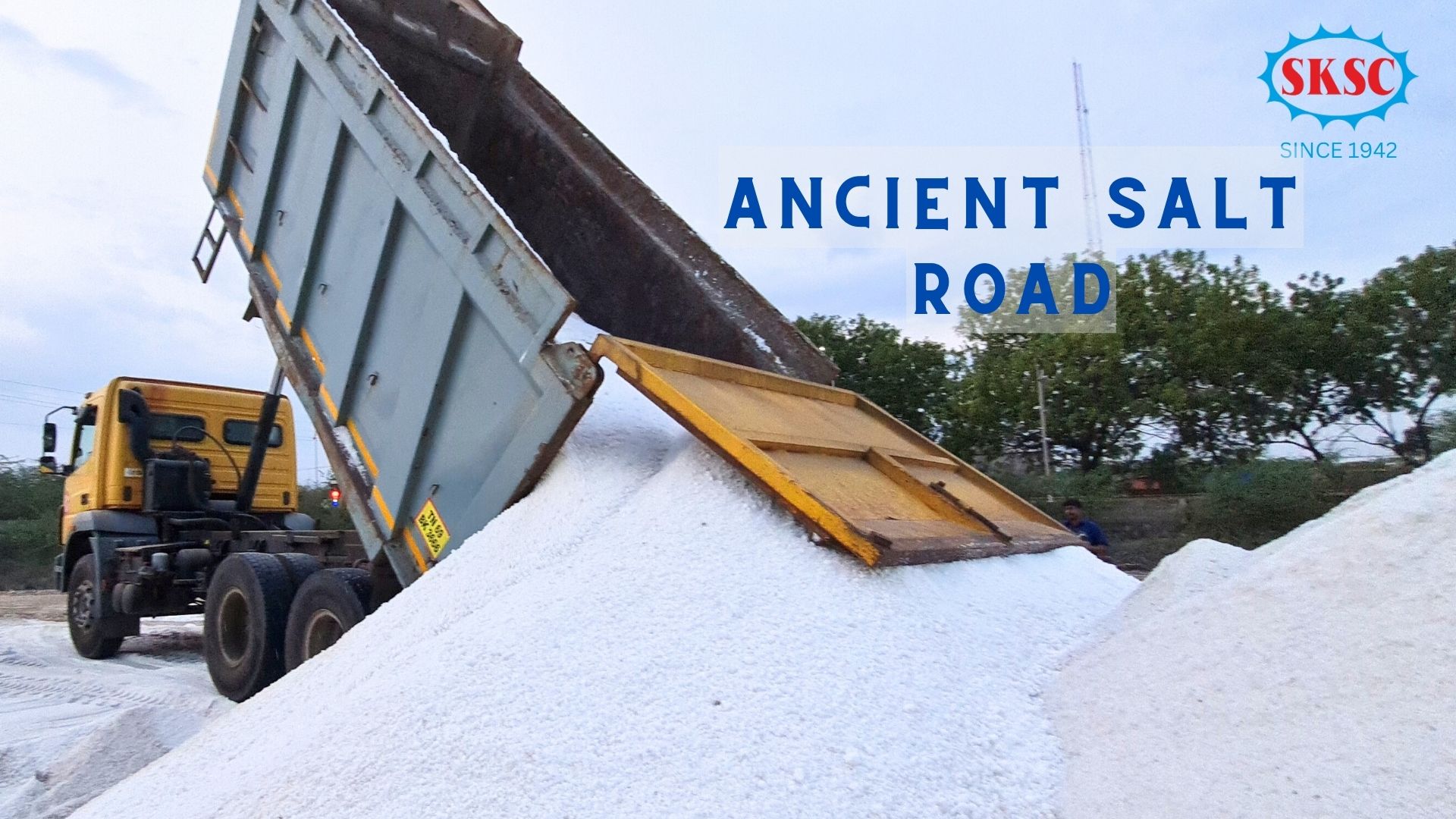
Ancient Salt Road
Tamil nadu Salt corporation organized a meeting inviting all the salt manufactures in tamil nadu to participate and offer valuable suggestions for the upliftment of the salt industry in tamilnadu. Mr. elambahvath I.A.S (District Collector of Tuticorin), Dr. C.N. Mahesvaran I.A.S (Managing director of Tamil Nadu Salt Corporation Ltd.), Thiru S.K.S.C.N. Dharmaraj (Managing Partner of S.K.S.C.NADARAJAN & BROR.) are some of the participants in this meeting. Apart from tuticorin there were participants from vedharanyam salt manufacturing association & Covlong salt manufacturers association also.
S.K.S.C.NADARAJAN & BROR.
Salt company since 1942
Tag: Tuticorin Salt | India Salt | Tamil nadu Salt | Salt company Tuticorin | Salt company tamil
nadu | Salt company India | India old salt company | SKSC salt | salt Thoothukudi | salt exporter
tuticorin | Thoothukudi salt | Sea salt Thoothukudi | Sea salt tuticorin | Thoothukudi traditional
salt | Thoothukudi salt exporter | deicing salt tuticorin | deicing salt exporter | Tuticorin saltern |
thoothukudi saltern | South India salt company | South indian salt export | Kerala salt supplier |
Salt supplier
